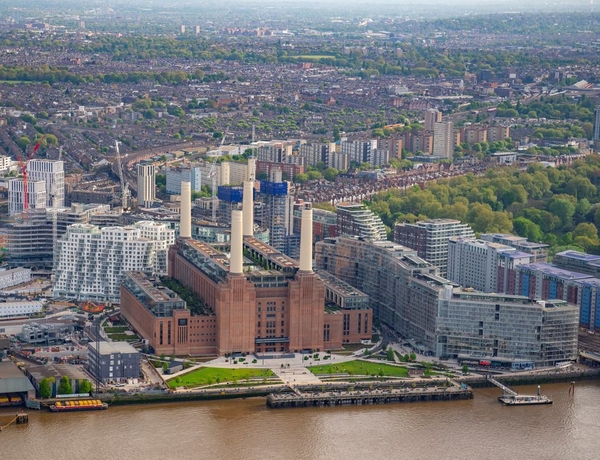London's Battersea Power Station, a symbol of 20th century architecture, technology and industry, but once scheduled for demolition, has officially started its new life as a leisure complex.
Built starting in 1929 on the south bank of the Thames, it is one of the world's largest brick building, and noted for its Art Deco interior fittings and decor. Among the architects was Giles Gilbert Scott, who also designed Liverpool Cathedral and the iconic red telephone box. Publicity at the time called it a 'Temple of Power.'
But by the 1970s, the coal-burning plant had become a liability with a shift away from coal to clear up London's air; it closed in stages between 1975 and 1993, and was essentially abandoned, although many plans were made to either re-use or remove the building as the area around it was redeveloped.
The renovated building, now owned by a consortium of Malaysian investors, includes 253 residential units, bars, restaurants and performance spaces, as well as office space housing tenants including Apple. It also has visitor-accessible galleries in the former turbine rooms and control rooms of the plant.
Battersea is not London's only recycled power plant; the former Bankside power station, also designed by Giles Gilbert Scott, houses the Tate Modern museum.



Comments (0)